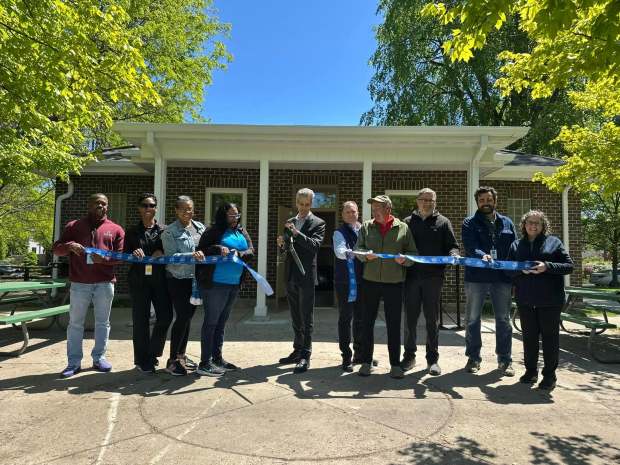SPRINGFIELD – The Democrat-controlled Illinois Senate on Tuesday passed a plan that would created a “hybrid” elected school board in Chicago this fall, with half of the members voted in by residents and the rested appointed by Mayor Brandon Johnson.
Legislators failed last fall to resolve the contentious issue of shaping Chicago’s first elected school board, and some Senate Democrats made it known that they still had problems with the latest proposal, which is backed by Mayor Johnson and the Chicago Teachers Union and Mayor Brandon Johnson. It ultimately passed in a 37 to 20 vote.
The bill now goes back to the House for final vote.
Lawmakers are up against a self-imposed April 1 deadline to implement the process, which includes putting a school board map in place, ahead of the November general election.
The plan voted on Tuesday is similar to a proposal laid out by House Democrats during the fall veto session that aligns with the 2021 law that created the school board. After the initial round of elections for half the board, Chicago Public Schools would transition to a fully elected board after the 2026 election under this proposal.
Senate President Don Harmon of Oak Park agreed to the plan after pushing last fall for the election of all 20 board members in the first round of voting. But during a Senate Executive Committee hearing Tuesday, he said that he went along with the House plan because it had the endorsement of Johnson, a former CTU organizer and a Harmon ally.
“Our solution in the fall was to propose an immediate election of all 20 members of the school board,” Harmon said. “I still think that’s the better opportunity, the better option. The House disagrees. The mayor and the city of Chicago disagree and we’re running up against a deadline.”
“There’s no perfect solution,” Harmon said before the committee advanced the bill to the Senate floor in a 9-4 vote.
State Sen. Mattie Hunter, a Democrat representing Chicago’s South Side, noted during the committee hearing that she voted for Harmon’s plan in November and that the House model pushed through committee on Tuesday was “a very difficult vote for me today.”
“I know the disparities and the inequities that have existed with the Chicago Public Schools system all of my life, and I thought that this would be an opportunity for Chicago to finally get on a fair ground with all the other school systems within the state of Illinois,” Hunter said during the hearing, before voting for the bill in the committee and on the floor.
Under the proposal approved by the Senate, the city would be divided into 10 districts, each of which would elect a school board member in the November general election. Johnson would appoint 10 additional members, one from each district. Johnson would also be required to appoint a school board president.
All 21 members, including the board president, would serve two-year terms.
Each of the 10 districts would be divided into two subdistricts, which in 2026 would hold elections for a fully elected school board that would be seated in January 2027.
Beginning with the 2032 general election, board seats would be up for election three times over a 10-year period, the first two times for four-year terms and then for a two-year term.
The bill also would enforce map boundaries that lawmakers from both chambers have previously agreed on that would create seven majority-Black districts, six majority-Latino districts, five majority-white districts and two in which no group has a majority.
Harmon acknowledged that there’s a silver lining to the proposal that passed through the Senate.
“For all of the frustration that I have felt and I know all of you have felt, I take comfort in one final truth,” he said at the committee hearing. “No matter what happens in 2024, in 2026, the second election, all 20 members will stand for election. The presiding officer will run citywide and we will, at long last for the first time, have a fully-elected representative school board in the city of Chicago.”



